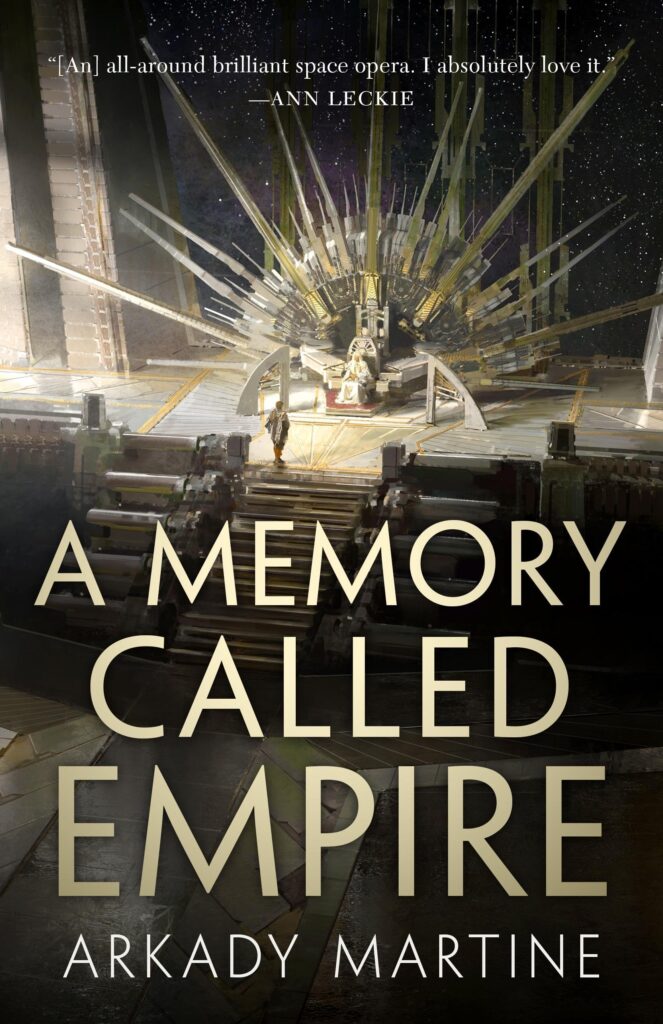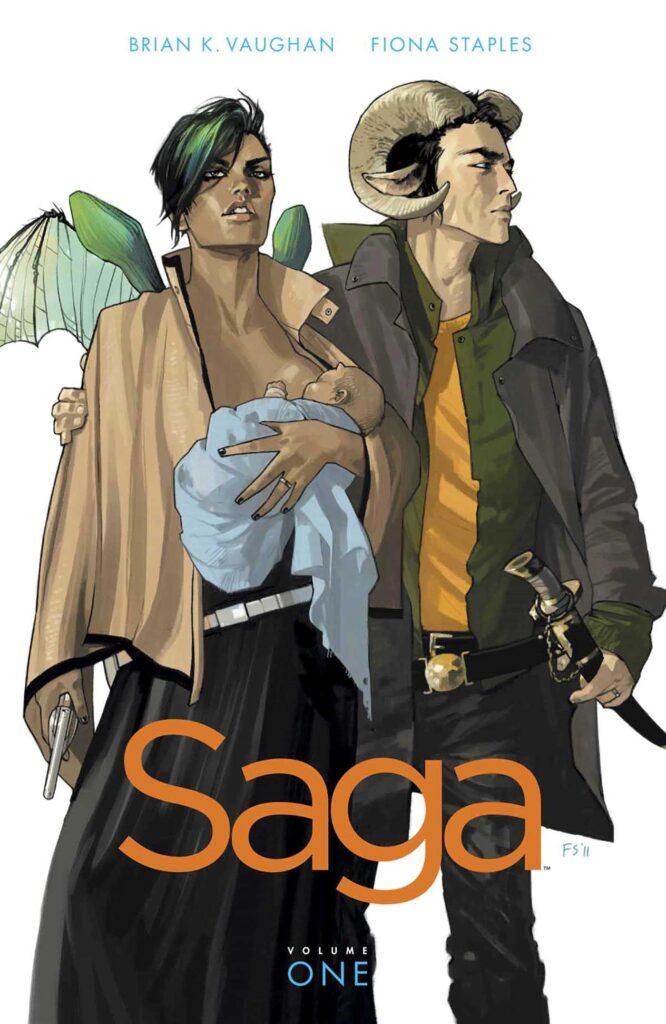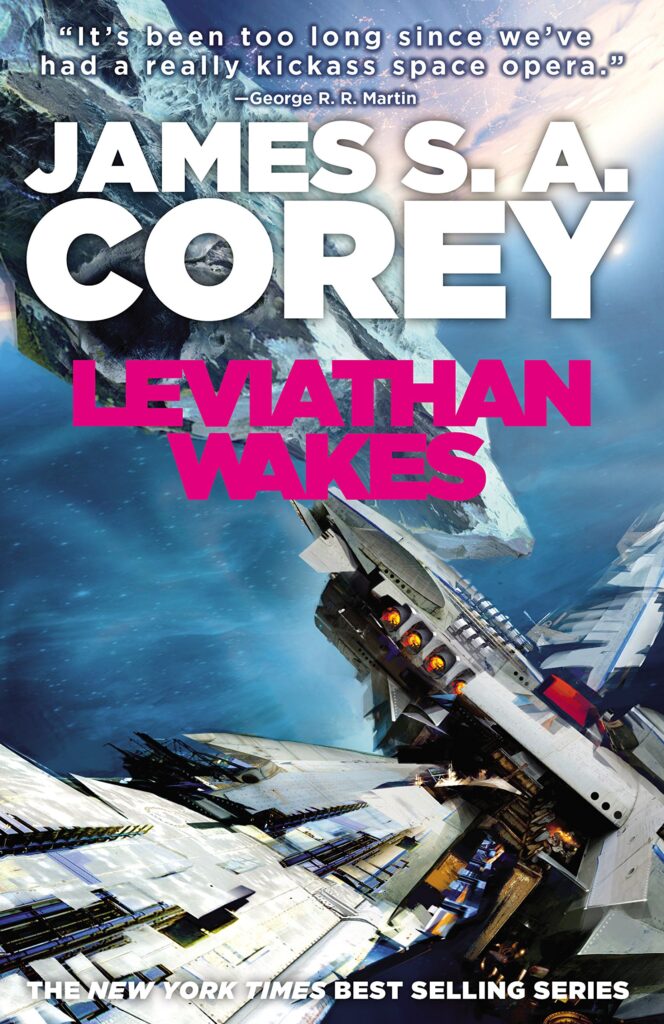Advice for writers
for writers
How to Write a Space Opera: An Author’s Guide to the Galaxy

Embarking on an Intergalactic Journey
A well-crafted space opera is a symphony of stars and emotion—grand in scope, rich in drama, and anchored by characters whose hearts beat loud enough to echo across galaxies. It’s a genre where empires rise and fall in a single lifetime, where a nobody from a mining moon might change the fate of a civilization, and where battles rage not just between ships, but within souls! If you’ve ever wondered how to write a space opera, you’ve come to the right place.
If you’ve got a universe in your head—or even just a rough sketch of a crew and their ship—consider this your launchpad. Building a galaxy from scratch, creating characters with depth, and weaving a story that feels epic yet grounded in emotion are all part of the journey. The challenge lies in balancing scale with heart…
What Makes a Space Opera Feel Epic?
Space opera isn’t just science fiction with lasers. It’s a genre all its own—defined as much by tone and scope as setting. When you’re learning how to write a space opera, one of the key elements to focus on is ensuring that your story, at its core, is:
Expansive in scope, spanning star systems, civilizations, or generations
Emotionally charged, driven by personal quests and internal dilemmas
Focused on conflict, often involving war, rebellion, or moral tension
Loosely scientific, with faster-than-light travel and implausible tech treated as standard
Think of Dune, Star Wars, The Expanse, or Mass Effect. They’re not just about tech—they’re about power, loyalty, legacy, and choice.
Worldbuilding: Crafting a Galaxy That Feels Lived-In
Your world doesn’t need to be realistic—it needs to be believable. The best space operas offer richly imagined settings that feel ancient, layered, and full of unseen corners. Start with the big picture, then zoom in.
Build your setting around four key pillars:
1. Geography of the Stars
Every system should have a personality, from glittering pleasure planets to dusty rebel outposts. What defines each place?
✴ Harsh desert worlds ruled by tradition
✴ Oceanic moons with floating cities
✴ Asteroid belts controlled by smugglers
2. Galactic Politics
Who rules, and who resists? Politics drive tension and set the stage for character arcs.
✴ Central empires or federations
✴ Breakaway factions or revolutionaries
✴ Uneasy alliances or post-war peace
3. Technology That Shapes Society
Even soft sci-fi benefits from consistency. Decide early what tech exists and what it costs.
✴ Is faster-than-light travel rare or common?
✴ How advanced are AI, cloning, or cybernetics?
✴ Are there energy shortages? Rogue tech? Black-market upgrades?
4. Culture and History
A believable galaxy has layers—legends, wars, lost worlds. This backstory creates resonance.
✴ Myths, religions, and interstellar folklore
✴ Ruins of ancient civilizations
✴ Prophecies or long-buried technologies resurfacing
Your reader doesn’t need a history book, but they should feel the weight of the past in every corner of your setting. To achieve this, weave history into the fabric of the present! Let your characters reference old battles or ancient treaties in conversation—not with exposition, but with the casual familiarity of people who live in the aftermath.
Show relics of previous eras: derelict stations still orbiting dead worlds, obsolete spacecraft patched up and flying anyway, ruins turned into marketplaces or fortresses. Cultural traditions, taboos, and superstitions can hint at events long buried but not forgotten.
Use naming conventions—of planets, ships, even drinks in a spaceport—to subtly honor or resist past figures and empires. The key is to let your world suggest its backstory through implication, texture, and tone rather than dumping lore. Let readers feel that the galaxy didn’t begin on page one; it’s been spinning for ages, and your story is just one thread in a much larger tapestry…
Characters With Gravity: Designing a Cast Worth Following
Space operas might orbit planets, but they hinge on people. No matter how dazzling your world, your audience stays for the crew, the conflicts, and the emotional stakes.
Think beyond archetypes—give your characters contradictions!
Start with your protagonist:
▶ What drives them? (Revenge, redemption, duty?)
▶ What haunts them? (A failed mission, a lost sibling?)
▶ What do they need to learn—and what might destroy them?
Then shape the cast around them. Classic dynamics include:
▷ The loyal second-in-command who questions orders at the worst time
▷ The wildcard alien with unclear motives but unexpected wisdom
▷ The ex-lover turned enemy, adding tension and history
▷ The idealist vs. realist conflict among the crew
What binds them together? What threatens to pull them apart?
Found families, shifting allegiances, and morally gray decisions are the lifeblood of this genre.
Plotting an Interstellar Epic Without Losing the Thread
The challenge of a space opera is scale. With so much happening across so many systems, how do you keep the plot tight and emotional? When you’re thinking about how to write a space opera, it’s crucial to keep your story grounded with a strong central conflict while weaving in personal stakes that connect your characters to the larger narrative.
Start small—then build outward. Even the most sweeping story needs a heart.
Anchor your plot in:
A central question: Who will win the war? What secret could topple the empire?
Personal stakes: What does your main character stand to lose if they fail?
Layered arcs: Let the political, emotional, and philosophical threads overlap
A helpful method is the Three-Thread Approach:
1. The Galactic Thread – Empire vs. rebellion, AI uprising, alien invasion
2. The Personal Thread – A sibling to rescue, a betrayal to resolve
3. The Mystery Thread – An ancient artifact, a coded message, a secret identity
These threads may twist, tangle, or even collide—but they give your story tension and pace!
Dazzling Details: Ships, Creatures, and the Unknown
The trappings of a space opera—starships, aliens, and anomalies—aren’t just for spectacle. They’re narrative tools. When used well, they can reinforce your story’s tone, echo its themes, and create the kind of immersive “I didn’t see that coming” moments readers love. Knowing how to write a space opera means understanding that these elements aren’t just cool tech or weird creatures; they’re integral to building a world that feels as alive as your characters.
Starships as Characters
A ship in a space opera should feel like more than a vehicle. It can be a home, a battleground, even a mirror of its captain’s inner world. Give it quirks, a history, maybe even a personality!
Think: A sleek diplomat vessel with polished hallways and secrets in its databanks… A battered freighter held together by duct tape and dreams… An AI-controlled cruiser with its own opinions about the crew’s decisions…
Whether sleek or scrappy, a ship should reflect the values—and contradictions—of the people aboard.
Alien Species and Space Anomalies
Aliens and the unknown are where your imagination can truly shine. But don’t stop at appearance—build from language, behavior, philosophy, and worldview. Let difference spark drama and connection!
Think: A species that communicates only through scent or shared dreams… A society that sees time as cyclical, not linear… A wormhole that ages travelers backward… A planet that’s alive—and doesn’t want to be colonized…
The more unexpected, the better—as long as it serves the story. Let the strange reflect emotional truths, raise ethical questions, or challenge your characters’ assumptions.
The unknown is your canvas. Use it boldly!
Avoiding Common Pitfalls in the Void
Even a seasoned captain can drift off course. Keep your trajectory sharp by watching for these genre traps:
Overloading your lore – If you can’t explain it clearly in dialogue, it may need cutting or simplification.
Monocultural aliens – Avoid giving entire species a single trait (e.g., “the warlike ones”).
Empty spectacle – Cool tech means nothing if the characters don’t care.
Predictable tropes – Villains twirling mustaches and heroes born of prophecy feel tired unless subverted.
Remember: originality comes not from new ideas alone, but from fresh execution!
Resources and Rituals for the Aspiring Space Opera Writer
Writing a space opera is like piloting a starship: you’ll need a reliable toolkit and the courage to get lost a few times before you find your way.
Tools to Keep Your World Coherent
A series bible to track systems, characters, tech, and timelines.
Visual maps of your galaxy or star routes.
Name banks that reflect the culture and cadence of each civilization.
Recommended Reading for Inspiration



Tip: Tropes aren’t bad—they’re shorthand! Use them, then twist them.
The Universe Is Waiting
There’s something endlessly thrilling about writing a space opera: the scope, the style, the promise of galaxies unexplored. But in the end, what makes your story matter won’t be the size of your battleships or the complexity of your lore. It’ll be the heart of your characters and the clarity of your vision.
Let your universe be wild. Let your characters be messy. Let your plot surprise even you.
Now…chart your course and punch it.

Erin K. Larson-Burnett, Production Manager at Atmosphere Press (submit your manuscript here!), is a born-and-raised Southerner currently living in Katy, Texas, with her husband and their small domestic zoo. She is an avid ink drinker who lives and breathes books—during the day, she works remotely with authors around the world, honing and perfecting books published through Atmosphere Press. By night, she crafts her own stories…or at least tries to. The Bear & the Rose is her debut novel.

Atmosphere Press is a selective hybrid publisher founded in 2015 on the principles of Honesty, Transparency, Professionalism, Kindness, and Making Your Book Awesome. Our books have won dozens of awards and sold tens of thousands of copies. If you’re interested in learning more, or seeking publication for your own work, please explore the links below.
